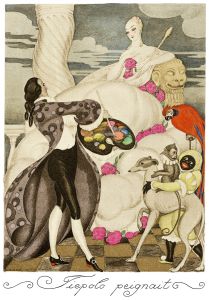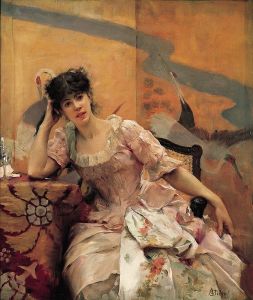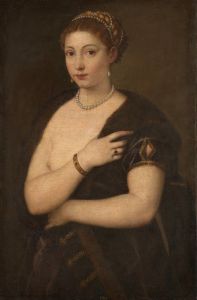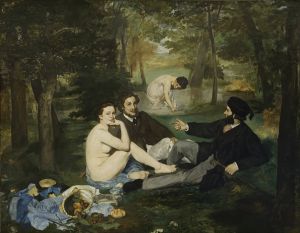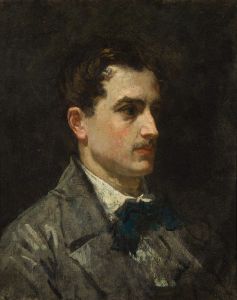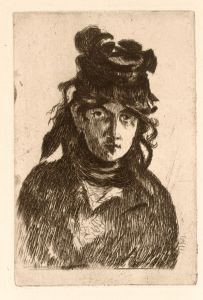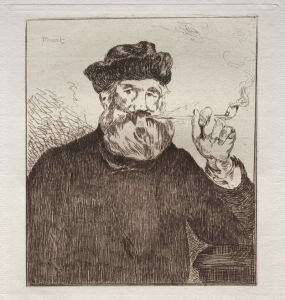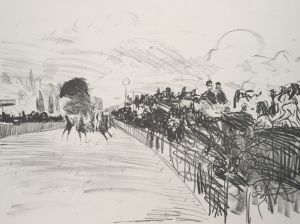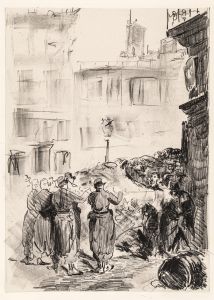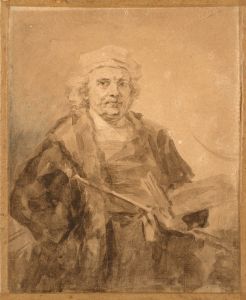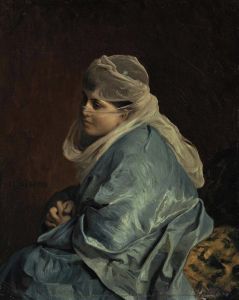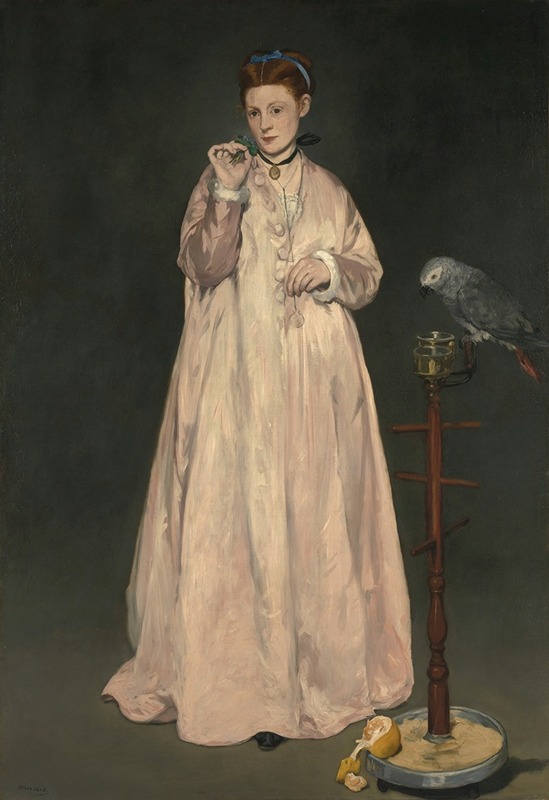
Young Lady in 1866
A hand-painted replica of Édouard Manet’s masterpiece Young Lady in 1866, meticulously crafted by professional artists to capture the true essence of the original. Each piece is created with museum-quality canvas and rare mineral pigments, carefully painted by experienced artists with delicate brushstrokes and rich, layered colors to perfectly recreate the texture of the original artwork. Unlike machine-printed reproductions, this hand-painted version brings the painting to life, infused with the artist’s emotions and skill in every stroke. Whether for personal collection or home decoration, it instantly elevates the artistic atmosphere of any space.
Édouard Manet's Young Lady in 1866 is an oil painting created in 1866. The artwork depicts a young woman dressed in a striking pink gown, seated against a neutral background. The subject of the painting is Victorine Meurent, a frequent model for Manet and an artist in her own right. Meurent is best known for her appearances in several of Manet's most famous works, including Olympia and Luncheon on the Grass (Le Déjeuner sur l'herbe).
In Young Lady in 1866, Manet employs his characteristic loose brushwork and attention to the interplay of light and color. The vibrant pink of the dress contrasts with the subdued tones of the background, drawing the viewer's attention to the figure. The painting is notable for its simplicity and directness, focusing entirely on the sitter without additional narrative or symbolic elements. This approach reflects Manet's interest in modern life and his rejection of the elaborate historical or mythological themes that dominated academic art of the time.
The painting is part of the collection of the Metropolitan Museum of Art in New York City, where it has been displayed as an example of Manet's innovative approach to portraiture and modern subject matter. It is considered an important work in the artist's oeuvre, showcasing his ability to capture the individuality and presence of his subjects while experimenting with color and composition.
Young Lady in 1866 is often discussed in the context of Manet's broader contributions to the development of modern art. His work, including this painting, challenged traditional artistic conventions and paved the way for the Impressionist movement. While the painting does not explicitly align with Impressionist techniques, it shares the movement's emphasis on contemporary subjects and a departure from rigid academic standards.
The identity of Victorine Meurent as the model adds an additional layer of historical interest to the painting. Meurent's collaboration with Manet was significant, as she became one of the most recognizable faces in 19th-century French art. However, she later pursued her own artistic career and exhibited her work at the Paris Salon.
Young Lady in 1866 remains a testament to Manet's skill as a portraitist and his role as a pioneer of modern art. The painting continues to be studied and appreciated for its aesthetic qualities and its place within the broader narrative of 19th-century art history.







